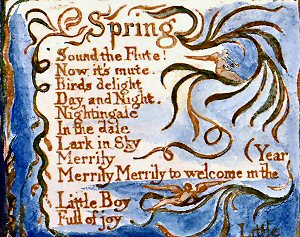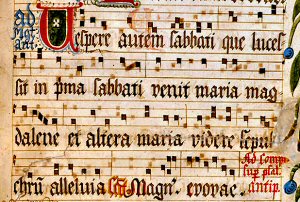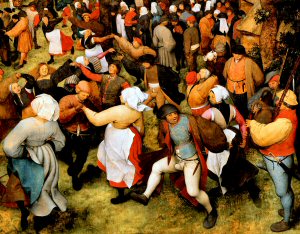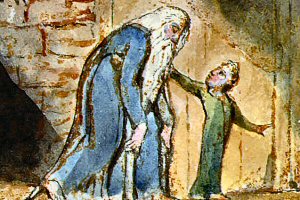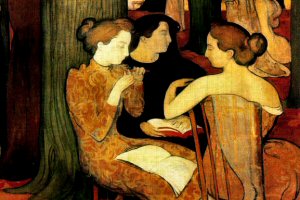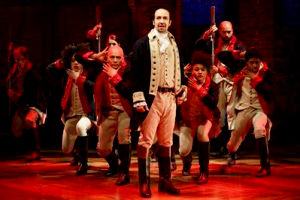1. The Sound of Words.
The first half-hour of this class will consist of a series of experiments to help you hear the music latent
in spoken poetry, even if we don't understand it at first hearing. The remainder of the class will be a
preview of each of the five sessions still to come, showing the range of ways in which poetry and music
have interacted over time.
This class and many of those that follow will include a separate handout of the main texts for the session. Read them ahead if you can—but all will be read out aloud in class,
and most will be shown on the screen, so this is optional.
The script, videos, and images will be posted immediately after class.
 |
Etienne de Liège, 0850–920. Burgundian composer.
Bishop of Liège from 901 until 920, Étienne is credited with composing several sets of church music in Gregorian chant.
|
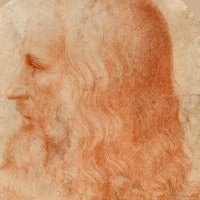 |
Leonardo da Vinci, 1452–1519. Italian painter and polymath.
With Michelangelo and Raphael, one of the triumvirate of artistic geniuses that crown the High Renaissance. He trained in Florence with the painter Andrea Verrocchio before moving to the court of Ludovico Sforza in Milan. He spent the last years of his life at the court of François I in France. The naturalism and luminosity of his painting, and his effects of sfumato (or modeling as if by smoke), were widely influential. It is his notebooks, however, that are the best testament to the range of his genius, containing remarkable observations of the natural world, and mechanical inventions centuries before their time.
|
 |
Wolfgang Amadeus Mozart, 1756–91. Austrian composer.
A child prodigy as both performer and composer, Mozart produced an extraordinary body of work in all genres over a relatively short life. He wrote the greatest of his many operas after moving to Vienna: three collaborations with Lorenzo da Ponte—The Marriage of Figaro (1786), Don Giovanni (1787), and Così fan tutte (1790)—framed by two German Singspiels: The Abduction from the Seraglio (1782) and The Magic Flute (1791).
|
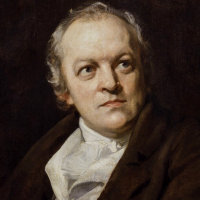 |
William Blake, 1757–1827. English printmaker, painter, and poet.
His work spans the late classical and early romantic periods, but his style in each of his many media is sui generis and infused with a strongly mystical bent.
|
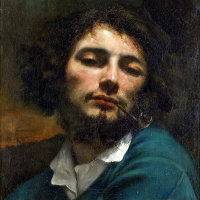 |
Gustave Courbet, 1819–77. French painter.
A fiercely realist painter from the provinces who stood proudly outside the academic tradition, Courbet was nonetheless one of the most powerful figures in 19th-century French art. His vast Burial at Ornans was a succès de scandale at the Salon of 1850, and established him as the leader of the Realist movement.
|
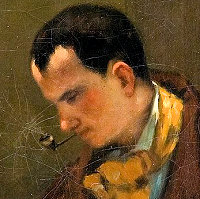 |
Charles Baudelaire, 1821–67. French poet.
Baudelaire is credited with coining the term "modernism," and is held to be the first modernist poet. His masterpiece, the Les fleurs du mal (The Flowers of Evil), which hovers between sensual verse and an exotic kind of prose, was prosecuted as an offence to public morals, and the author was fined. Baudelaire was nonethless a great influence on the next generation of poets, like Verlaine, Rimbaud, and Mallarmé.
|
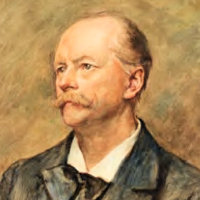 |
Henri Duparc, 1848–1933. French composer.
Duparc studied with César Franck, and established himself early on as a composer. However, a combination of nervous illness and deteriorating vision led him to abandon composition at the age of 37 and destroy much of his earlier work. He is best known for his small but exquisite set of songs.
|
 |
Henri Matisse, 1869–1954. French painter and sculptor.
Matisse and Picasso stand as the giant pillars of French art in the first half of the 20th century. Matisse was the slower starter and the less versatile, but he stands alone for the richness of his color and the sensuality of his forms, whether in painting or in sculpture. Suffering from crippling arthritis at the end of his life, he produced a completely new oeuvre in colored-paper collage.
|
 |
Paul Valéry, 1871–1945. French writer.
Although known as a poet, (for his WW1 poem La jeune Parque among others), Valéry's most abundant works were critical and philosophical essays in prose. He was also notable for the Cahiers or notebooks that he added to every day of his life.
|
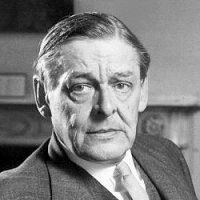 |
Thoman Stearns (T.S.) Eliot, 1888–1965. American-British poet.
One of the leading modernist poets of the 20th century, known for works such as The Waste Land (1922) and Four Quartets (1936–42), Eliot also found success in the theatre with works such as Murder in the Cathedral (1935). His light verse collection Old Possum's Book of Practical Cats (1939) was the source for Andrew Lloyd Webber's Cats.
|
 |
Joan Miró, 1893–1983. Spanish painter.
Miró was one of the founding group of Surrealists in 1928, and continued to allow his work to be guided as far as possible by his unconscious mind. Avoiding the realism of his contemporary and compatriot Dalí, he preferred abstract forms, although these can often have a human reference.
|
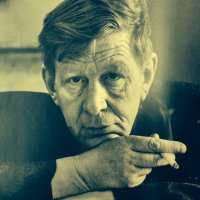 |
Wystan Hugh (W.H.) Auden, 1907–73. English-American poet.
After an early career in England, tackling subjects from romance to religion, Auden moved to America in 1939. Always a lyric poet of considerable technical sophistication, his later career is noted for his opera libretti, including that for Stravinsky's Rake's Progress.
|
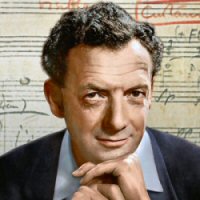 |
Benjamin Britten, 1913–76. English composer.
Arguably the leading opera composer of the mid-20th century, Britten's major operas have included Peter Grimes (1945), Billy Budd (1951), Gloriana (1953), A Midsummer Night's Dream (1960), and Death in Venice (1973), plus many stage works for smaller forces. He was equally active as a composer of instrumental music and text settings, and latterly as a conductor and accompanist.
|
 |
Léo Ferré, 1916–93. French songwriter.
Born in Monte Carlo, where his father was manager of the casino, and encouraged by Edith Piaf, Ferré became one of the leading singer-songwriters in France after WW2, performing both his own material and songs he composed to other texts, such as Baudelaire's Fleurs du mal.
|
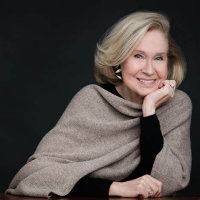 |
Mary Stewart Hammond, 1940–2022. American poet.
A graduate of Goucher College and for a time a sports writer for the Baltimore Sun, Hammond established herself as a poet in New York, where she taught for many years through the Writers' Workshop.
|
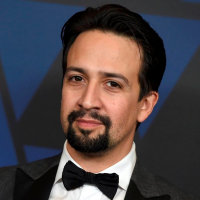 |
Lin-Manuel Miranda, 1980– . American composer.
As the playwright, lyricist, composer, and star performer in his 2015 mega-hit Hamilton, Miranda became an unheard-of quadruple-threat on Broadway. He had shown many of the same talents, however, in his 2005 musical In the Heights, and has since developed his career further into film (both acting and directing).
|

























